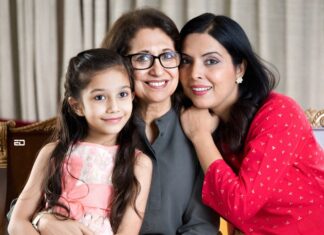“India’s young and wealthy have an especially strong commitment to giving back.
There was emergence of the next generation of donors, who were even more committed to supporting this charitable culture as their wealth grows. In India, more than half (52%) rich people planned to give more in 2012, and of them about two in five planned to increase their giving by 10% or more.
The 2012 Bain canvass showed that education was the most popular cause for giving in India, but it registered a sharp increase in the second most popular category, food and clothing. Housing and shelter rounded out the top three. Also, around half of this year’s survey respondents said lack of accountability among charitable organizations prohibited them from increasing contributions.
Younger wealthy Indians gave a smaller proportion of their income for charity at 2% as compared to 3.9% for their older peers. But almost 60% of the younger group planned to increase donations in 2012. Two-thirds of all surveyed expected to increase donations in the next five years, with two in five saying they will increase giving by over 20% in that period.
The donations by Indian affluent as a percentage of their income, still lagged behind their Western counterparts. United States, at 9.1%, is among the highest. The survey also showed significant charitable momentum building in India among all age groups. Nearly four out of five of those surveyed said they were ‘novices’ at charitable giving, with less than three years of philanthropic experience, versus only 13% of high net worth individuals in the United States.
The global business consultancy’s report surveyed 400 wealthy individuals with more than Rs 4 lakh in assets, excluding primary residence, consumables and collectibles. Overall, more than 60% of the survey group was under 40 years of age with more than one-third being 30 years or younger.
































